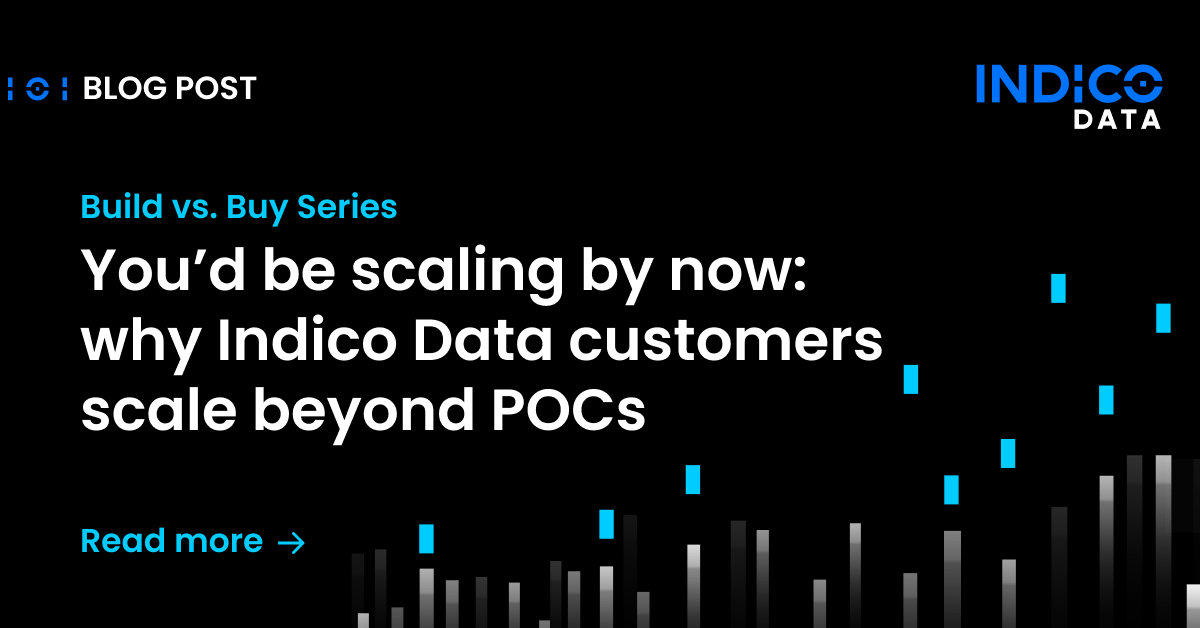In order to get loss ratios and combined ratios in a good place, insurance companies have a limited number of levers. One, of course, is to reduce costs and a big contributor to that is cutting how much it costs to process claims.
It’s no mystery, then, why insurance companies are interested in using technology, including artificial intelligence, to help them get more efficient at claims processing. At Indico we certainly hear that repeatedly from insurance clients. From our experience, a common problem is the claims expense ratio has been increasing across the board, which of course impacts an insurer’s combined ratio.
It’s a big issue because once a policy is written, keeping claims costs under control becomes one of the chief ways to keep costs down. And a number of aspects of claims automation and AI are already to being addressed using various AI technologies, including intelligent intake, which is a form of intelligent document processing for automating the initial receipt of various claims documents.
Related content: How ChatGPT and other GPT-3 AI technologies may apply to the insurance industry
Extrapolating from our conversations with chief claims officers, the following are five ways claims automation and AI are helping chief claims officers realize their claims processing goals.
1. Faster time to insurance claim resolution. The longer an insurance company holds a claim open, the more its processing costs are likely to go up, raising both loss and combined ratios. That includes not only the various touches that are likely to occur, each of which raises costs, but the risk of litigation, which increases the longer a claim takes to resolve. Litigation, of course, can drive up claims expense ratios dramatically. So, the faster you can pull in all the data you need, using technologies like intelligent intake, the quicker you can resolve the claim.
2. Less manual activity in claims processing. In the last year or so, insurance companies have been intently focused on reducing the amount of manual activity involved in claims processing, which reduces loss ratios. Historically, for example, it’s been common for insurance companies to use armies of people overseas to transcribe call center phone calls for quality assurance. Now AI can perform the same job, with better quality.
Chief claims officers are also intently focused on taking manual effort out of the claims submissions process. Maybe it’s the ability to have claimants submit photos of their damage, then have an AI-based intelligent intake solution assess the damage and come up with a few questions for the claimant.
Related content: Automated processing turns insurance claims from cost center to differentiator
For larger claims, including for commercial insurance policies, you’ll likely still need a human involved, but those initial steps can significantly reduce the amount of manual effort and time required to adjudicate a claim.
3. More complete claims submissions. The more data a carrier has about a claim, the better the chance they adjudicate it faster, and with improved accuracy. Rather than having someone summarize claim documents and provide a few pieces of data they think adjusters need, intelligent intake solutions enable insurers to gather as much data as they want from claims documents.
Gathering more data means you can achieve a more nuanced adjudication of a claim, particularly for commercial claims around business interruption. It leads to a more fair and accurate assessment of claim exposure and what a carrier needs to pay. That, in turn, affects both loss and combined ratios.
Related content: Unstructured Unlocked episode 15 – Why is insurance intake so challenging?
Gathering more data also reduces the number of steps you have to ask a claims adjuster to take, particularly for commercial insurance claims.
4. Using AI to identify insurance fraud. A sure-fire way to reduce insurance loss ratios is to identify fraudulent claims. A combination of AI technologies helps identify insurance fraud. It starts with intelligent intake to ingest, process, and understand data. At that point, you can compare it to another data set, likely from a third party, to identify fraud.
Say within a relatively short time span a carrier receives multiple claims for damage to a small number of cars within a given company’s fleet of leased vehicles. AI can help companies uncover such potential indications of fraud that may be difficult for humans to ferret out. Using AI to identify fraud in this fashion helps reduce loss ratios by flagging claims that should be denied.
5. Improve the customer experience and NPS. In the end, it’s clear these steps have a double benefit: on top of reducing costs, they also help companies get claims processed faster, which makes customers happy and improves a carrier’s net promoter score (NPS). Done correctly, use of AI technologies can streamline processes, reduce instances of carriers asking customers to submit the same documents multiple times, and boost the company’s reputation.
To learn more about how intelligent intake can increase efficiency in claims processing, check out our Reference Guide to Automated Claims Processing for Insurance Providers.


